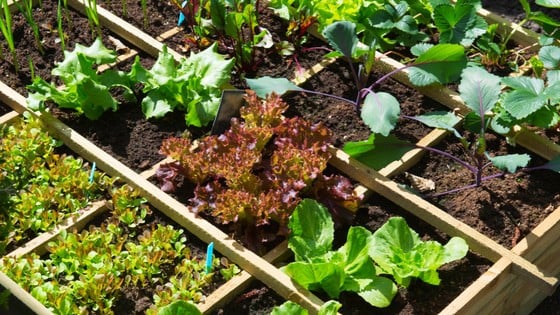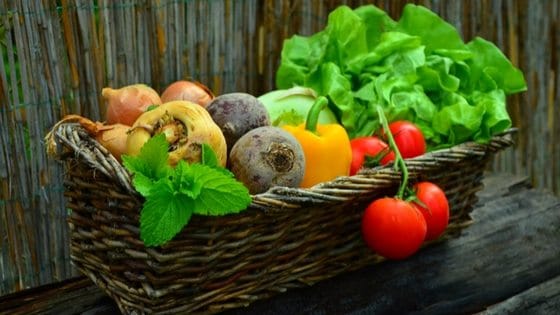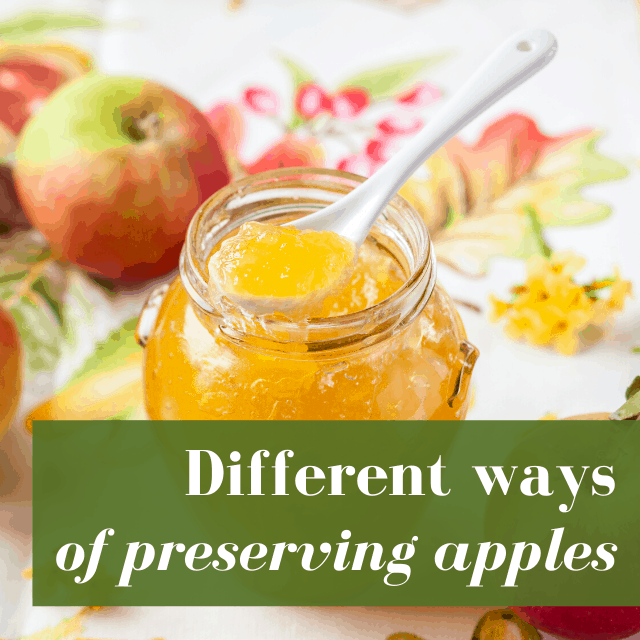There’s nothing better than garden-fresh basil. Unfortunately, basil is not a perennial in most areas of the world, so if you’re relying on a summer bounty to get you through a winter’s worth of sauces, soups, and stir-fries, you are going to have to come up with some creative ways of preserving basil.
If your days of fresh summer basil have come to an end – but you have a massive stockpile of this fragrant green herb lying around – here are some ways you can preserve it.
Table of Contents (Quickly Jump To Information)
Freeze Basil Leaves
This is perhaps the easiest and most low-maintenance method of preserving basil around. All you need are some freezer-safe containers and, of course, your freezer. Just know that the leaves will shrink as they freeze, so you will be left with slightly less basil per cup than you would if you were cooking with fresh, unfettered basil.
To freeze your basil, start by blanching it. This will allow it to retain its flavor and color. Boil some water and blanch your basil leaves for just two seconds (make sure the stems are removed before you do this to make your life easier later on).
Then, transfer the leaves to an ice bath. Strain them to remove any excess moisture. Dry them completely before storing them in a freezer safe-container, like a plastic dish or even vacuum-sealed bags to save space.
If you have quite a few leaves to preserve, you can always separate multiple layers with parchment paper – this way, whenever you want to use some basil leaves in a recipe, all you have to do is open the container, pull them out, and put the container back in the freezer.
Pureeing and Freezing Basil Leaves
This method of preserving basil adds a step to the last tip, but it’s definitely worth it. If you like to have fresh pesto or even basil-based salad dressings around, this is a must-try recipe for you.
Start by removing the basil leaves from the stem, just as you would if you were freezing whole basil. Wash and dry the leaves to remove any trace of dirt or other contaminants. Then, puree your leaves in a food processor or blender. Add a bit of olive oil to create a smooth, silky consistency. You will want to add this at a ratio of about one tablespoon of oil per one cup of basil.
Next, freeze your basil. You can freeze an entire container of it if you’d like, but an easier (and more convenient) way to do this is to freeze sections in an ice cube tray. This will allow you to pull out small chunks, later on, to be used in your recipes.
Dehydrated Basil
Most people rely on this trusted method of preserving basil because it is the most familiar. Home cooks often use small jars of dehydrated herbs not only because they last longer, but because they are inexpensive and often more potent.
To dry your own basil at home, you have several options. You can use a food dehydrator (in which your basil will be allowed to dry for about three hours at the lowest temperature) or you can dry basil in your oven.
Start by removing the leaves from the stem and then washing and drying them completely. Set your oven to the lowest possible temperature before placing the leaves on a baking sheet lined with parchment paper. This sheet should then be placed on the top rack of the oven.
Bake your basil for three hours or until the leaves have become dry and crumbly. They may lose a bit of their color, but that’s nothing to worry about. Let the basal cool after removing it from the oven, then crumble the leaves and store them in airtight containers.
Finally, basil can also be dried by hanging it in a bunch. This can result in the loss of some flavor in your basil, but it’s a good option if you don’t thaw a ton of time, space, or resources. You will want to use basil that has not flowered yet, as this has the most flavors.
Start by cutting the leaves from the stems. Leave a small length of the stem at the bottom of each leaf to help you bundle the leaves together. Make sure the leaves are washed and dried before you begin.
Gather up the leaves in bunches, tying them together at the stems with a twist tie or rubber band – you may have to make more than one bundle if you have a ton of leaves. Hang the bundles from a hook or a tack inserted into the wall to dry. They don’t have to be hung in the kitchen but you do need a spot that has well-circulating air and moderate amounts of sunlight.
Your basil will need to be hung for about two weeks, after which time it will be ready for use.
Salting Basil
You can even preserve basil by salting it! This method of preservation won’t last forever, but it’s a good way to keep basil fresh into the future. To do this, trim and wash your basil as you normally would.
Then, layer your leaves into a large crock, sprinkling a light layer of salt over every layer of basil leaves. Do this until you have added all of the leaves. Press down after every layer to remove the excess air.
Leave about two inches of headspace at the top of the crock. Press down firmly and add some more salt to keep everything compact. You should then store the jar in a cool, dry, dark space.
Basil Vinegar
You can even make your own basil vinegar, which will serve as an excellent salad dressing later in the year. If you only have a few leaves to use up, it’s a great alternative to taking up space in your freezer.
All you have to do is place a few sprigs of basil into a glass jar filled with vinegar. Let the jar sit at room temperature for two weeks, and shake it every couple of days. You can add other spices, too, such as red pepper flakes, to give the mixture some added flavor. Keep in mind that this same process can also be done with olive oil instead of vinegar, which will also make it perfect for salads and stir-fries.
Do I Need to Spend Time Preserving Basil?
Keep in mind that basil will store short-term in the refrigerator, too. It will usually last for a few days – if you put the sprigs in water that can help prolong its shelf life in there, too.
However, with all of these methods for preserving basil at home, why wouldn’t you want to? It’s so easy to store basil for the rest of the season that every home cook should consider doing it. Or, if you’d rather use fresh basil year-round, you can always consider growing your own windowsill herb garden, too!
Maat van Uitert is a backyard chicken and sustainable living expert. She is also the author of Chickens: Naturally Raising A Sustainable Flock, which was a best seller in it’s Amazon category. Maat has been featured on NBC, CBS, AOL Finance, Community Chickens, the Huffington Post, Chickens magazine, Backyard Poultry, and Countryside Magazine. She lives on her farm in Southeast Missouri with her husband, two children, and about a million chickens and ducks. You can follow Maat on Facebook here and Instagram here.





